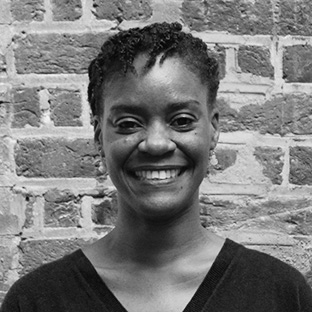There are some cities in the world that conjure up certain images the minute you utter their names. Medellin is one of those cities.
Tune into Netflix or YouTube and you will generally see that the story of Medellin has been chequered by a history of drugs and narco terrorism. Beginning in the 1980’s and escalating throughout that decade, by 1988, TIME magazine heralded it as the most dangerous city in the world. By 1991 the murder rate had risen to 380 per 100,000 – it was the murder capital of the world.
According to the Inter-American Development Bank, the city was a battleground among warring armed groups and the headquarters of the Medellin drug cartel.
Yet by 2016, Medellin is considered one of the most innovative cities in the world.
How did Medellin go from the haven of narco terrorism to a hub of innovation and social urbanism?
There were several key elements that enabled this to occur.
1. The use of urban infrastructure as a tool for social cohesion and inclusion was an integral part of the transformation with physical infrastructure designed to force face to face interaction between people from different communities and backgrounds. High quality public works gave access and opportunity to all citizens and was built on a principle of treating all with dignity. This was incredibly important to fostering cohesion between communities. No barrio was left behind. There were urban interventions in slums, transit infrastructure and the design of public spaces to connect communities and engender greater cohesion.
For example the construction of the metro cable in 2004 directly linked communities into an integrated city metro system. In addition to providing transport, some studies have indicated that the construction of the cable directly contributed to a reduction in crime.
Similarly, Parque Biblioteca España, is a library park located in Santo Domingo completed in 2007, which at one time was one of the most violent neighbourhoods in Latin America. The library park allows the immediate community to access education and after school programmes. It was one of five original library parks built in Medellin that served as centres for social change and development.
2. The creation of a public – private partnership reinvested in social investment and the city’s infrastructure.
These projects were largely funded by the EPM (Empresas Publicas de Medellin, a public utilities company set up in 1950 and owned by the municipality). In 2000, the city of Medellin and EPM partnered to reinvest 30% of its profits in a series of public works and spaces such as libraries, parks, schools and transport infrastructure. This targeted the integration of the poor and marginalised communities through public realm investment.
3. Devolution and civic engagement – in 1991 the Colombia’s new constitution was ratified and gave greater independence to local government to elect their own leaders thereby giving local people more control over urban development. In 1998, Colombia mandated that every municipality must develop a master plan for the social and economic development of their place. It also instructed policy makers to weave in civic participation as a key component of all social development planning.
All urban public works were to involve joint planning and design making. This sought to rebuild trust between the authorities and the community after years of neglect and broken promises had eroded faith in government institutions. The projects had committees with representation from social organizations within the community, youth groups, community leaders et al. Membership and participation was also open to individuals regardless of affiliation to a formal group.
The working committees actively sought to learn as much about the community as possible prior to any project so that any development took into consideration how the constituents interacted with their existing physical environment. Only after collating this information did planning begin with the introduction of imagination workshops. The former mayor of Medellin, Sergio Fajardo, established imagination workshops where the constituents were an integral part of the planning process with the central aim of the project being used to confront marginalization and fostering social inclusion and opportunity.
“We have done things like this - a physical intervention, a social transformation and institutional transformation, put that together and you will see what happens to a community and to a society because after all, we are changing the culture of a people.” - Former Mayor of Medellin, Sergio Fajardo (May 2016)
This was manifested in Medellin’s Comprehensive Urban Projects (CUP). According to CAF, comprehensive urban projects in Medellin is an unprecedented intervention model for urban transformation processes.
So can this be replicated? Habitat III’s New Urban Agenda embraces political and fiscal decentralisation which I believe were the key characteristics of Medellin’s renaissance. This coupled with the way the CUPs focused their attention on human development and the marginalised groups within the city, employing civic engagement as a key tool, resulted in a renewed future for Medellin.
If it can happen in Medellin, perhaps it can be replicated elsewhere.
Related articles
-
Tackling deindustrialisation and low pay – lessons from the US
Adanna Shallowe
What lessons can be learnt from inclusive growth strategies in New York City and Pittsburgh?


Be the first to write a comment
Comments
Please login to post a comment or reply
Don't have an account? Click here to register.